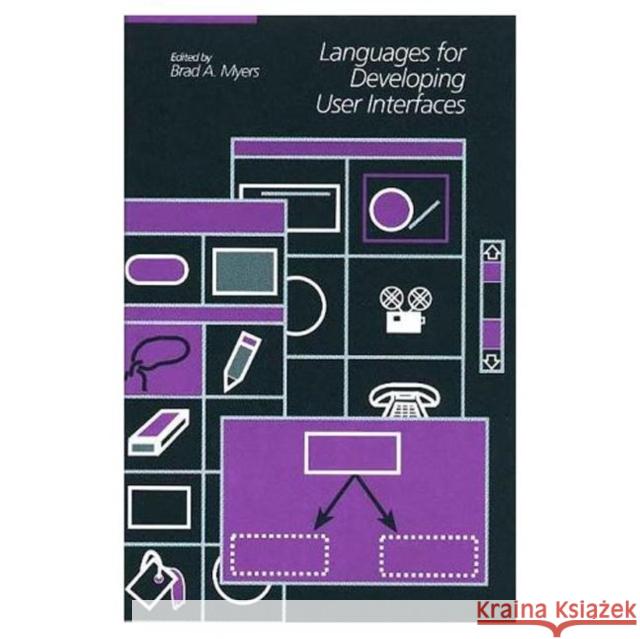Languages for Developing User Interfaces » książka
topmenu
Languages for Developing User Interfaces
ISBN-13: 9780867204506 / Angielski / Twarda / 1992 / 480 str.
Languages for Developing User Interfaces
ISBN-13: 9780867204506 / Angielski / Twarda / 1992 / 480 str.
cena 657,15 zł
(netto: 625,86 VAT: 5%)
Najniższa cena z 30 dni: 651,77 zł
(netto: 625,86 VAT: 5%)
Najniższa cena z 30 dni: 651,77 zł
Termin realizacji zamówienia:
ok. 22 dni roboczych
Bez gwarancji dostawy przed świętami
ok. 22 dni roboczych
Bez gwarancji dostawy przed świętami
Darmowa dostawa!
This book examines the future of computer languages for User Interface software and End-User programming.











